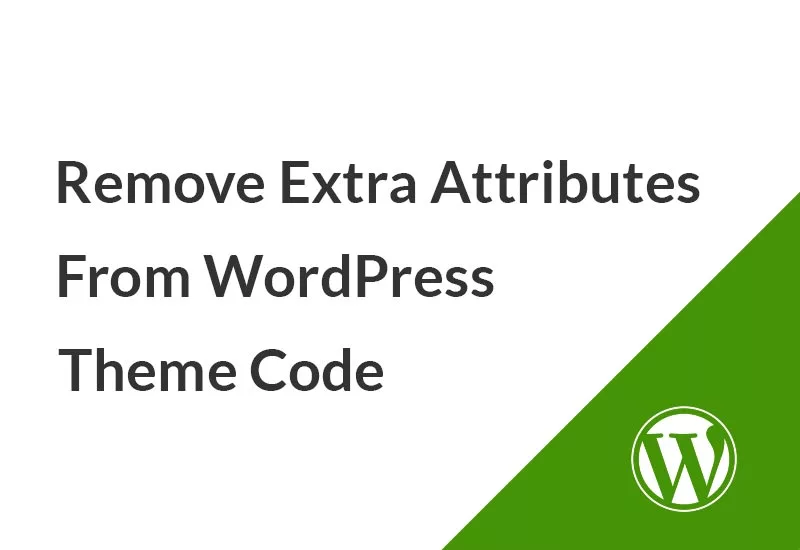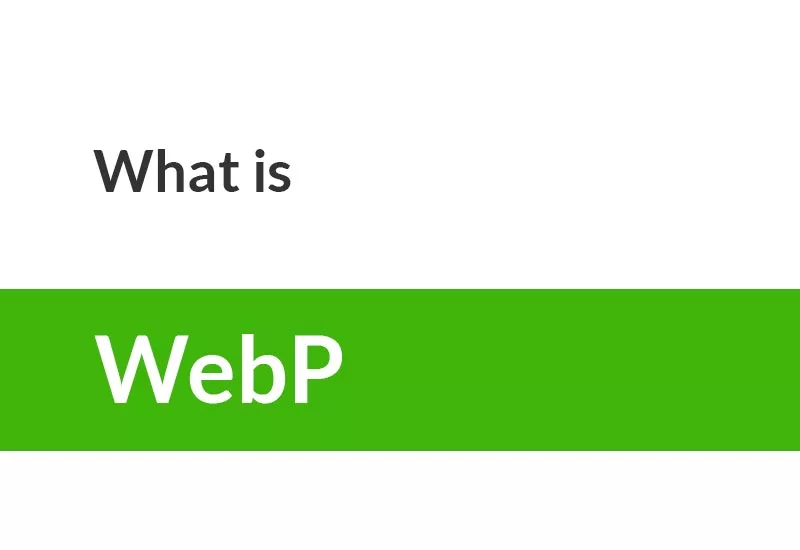Max Mega Menu is a WordPress plugin that provides an easy-to-use, powerful, and flexible solution for creating and managing custom navigation menus for your website. It provides an intuitive drag-and-drop interface for creating and customizing navigation menus. The plugin is designed to make it easy for non-technical users to create and customize navigation menus. Max Mega Menu also offers a variety of options for integrating with other plugins and themes. For example, users can easily integrate Max Mega Menu with popular themes such as Avada, Divi, and Genesis. Additionally, users can integrate Max Mega Menu with popular plugins such as WooCommerce, Gravity Forms, and Contact Form 7.
Overall, Max Mega Menu is a powerful and flexible WordPress plugin for creating and managing custom navigation menus. It offers a wide range of features and options for customizing and managing navigation menus. Additionally, it is easy to integrate with other plugins and themes. For these reasons, This plugin is an excellent choice for creating and managing custom navigation menus for your website.
Installation and configuration
Navigate to the WordPress Dashboard and click the “Plugins” link in the left-hand menu.
Click the “Add New” button at the top of the page.
Search for “Max Mega Menu” in the search box and click the “Install Now” button.
Once installation is complete, click the “Activate Plugin” link

Navigate to the Appearance -> Menus page in the WordPress Dashboard.
Select the menu you would like to use for your Mega Menu and click the “Select” button.
Click the “Enable Max Mega Menu” checkbox and then click the “Save Menu” button.
Navigate to the Max Mega Menu -> Menu Themes page in the WordPress Dashboard.
Select a theme and click the “Save” button.

Navigate to the Max Mega Menu -> Menu Locations page in the WordPress Dashboard.
Select a menu location and click the “Save” button.
Navigate to the Max Mega Menu -> Menu Settings page in the WordPress Dashboard.
Configure the settings for your menu and click the “Save” button.

Navigate to the Max Mega Menu -> Menu Theme Settings page in the WordPress Dashboard.
Configure the settings for each menu item and click the “Save” button.
Mega Menus
To create a mega menu, go to the “Menus” section in your WordPress dashboard and select the menu you want to work with or create a new one. Once you have selected your menu, you will see an additional “Mega Menu Settings” tab for each menu item.

To convert a Flyout menu to a Mega Menu, switch the Sub menu display mode from “Flyout Menu” to “Mega Menu – Grid Layout” or “Mega Menu–Standard Layout”. The Grid Layout editor lets you create columns and new rows to organize your sub-menu content and The Standard Layout editor lets you create, and display content between 1 and 8 columns. Submenus and widgets are placed within these columns.
If you have chosen the Grid Layout you can determine the number of columns from the column section. To add a widget to the mega menu, you can use the “Select a Widget to add to the panel” box to do this, to edit a widget, click on the wrench-shaped icon.

Settings: Consists of two parts 1. Menu Item Settings 2. Sub Menu Settings

Icon: This header provides the ability to assign an icon to each item.

Max Mega Menu settings
The next step is configuring how the mega menus will look on your website. You can do this by selecting the ‘Menu Themes’ tab.

General Settings: This header includes settings such as selecting a theme title, choosing pointers, menu heights, color settings, and creating shadows for menus.
Menu Bar: This header provides features such as selecting the menu color according to the theme, and adjusting the height and settings related to the menu image and font.
Mega Menus: This header includes changing the background color of the submenu, Panel Padding, Panel Width, and more.
Flyout Menus: This header is for customizing the background color of the submenu, Sub Menu Width, height, font, and size.
Mobile Menu: This header is related to the settings of the menu and sub-menu on mobile, changing and editing color, height, width, font, and other features.
Custom Styling: In this header, you can enter your CSS codes.

